A review of the Handbook of Biophilic City Planning and Design, by Timothy Beatley. 2017. ISBN 978-1-61091-620-2. Island Press, Washington. 289 pages. Buy the book.
The term “biophilia” describes our positive and innate response to the key features of the natural world that are thought to have been associated with our survival in the early stages of our evolution as a species. Foremost amongst these features are biodiversity itself; clean and, ideally, flowing water; semi-wooded landscapes; and places in which we can obtain both vantage over our surroundings and refuge against attack.
To those new to the concept of biophilic urbanism, this excellent handbook will be eye-opening. To practitioners and green urbanism theorists, there is much by way of useful, global information.
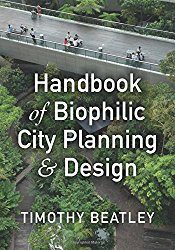 Over the past decade, Professor Tim Beatley and his network of researchers and affiliates have continued to advance the biophilic design concept (previously applied by others to, for example, buildings, institutions, single gardens, and other features) up to the city scale. Tim Beatley has taught at the University of Virginia for over 30 years. He has had a long-term interest in the key issues of urban sustainability, resilience, human health, and well-being; therefore, he is appropriately prepared to map out the relationship between these issues and biophilic design in theory and practice.
Over the past decade, Professor Tim Beatley and his network of researchers and affiliates have continued to advance the biophilic design concept (previously applied by others to, for example, buildings, institutions, single gardens, and other features) up to the city scale. Tim Beatley has taught at the University of Virginia for over 30 years. He has had a long-term interest in the key issues of urban sustainability, resilience, human health, and well-being; therefore, he is appropriately prepared to map out the relationship between these issues and biophilic design in theory and practice.
In his book, Biophilic Cities: Integrating Nature into Urban Planning and Design, published in 2011, Professor Beatley set out the concept of biophilic cities and took the first steps towards defining what a biophilic city is and how it performs. He subsequently explored an interesting sub-sector of city-nature relationships in his 2014 book, Blue Urbanism, in which he discusses the relationship between the inhabitants of coastal cities and the world’s oceans—where environmental degradation is reaching levels that should be cause for extreme concern. Three years on and Professor Beatley’s has produced the Handbook of Biophilic City Planning and Design, moving the biophilic city concept an additional step in the direction of an integrated approach to urban design. He has based the work in part on the experience gained from the study of the first cities to join the Biophilic Cities Network, which he established in 2013.
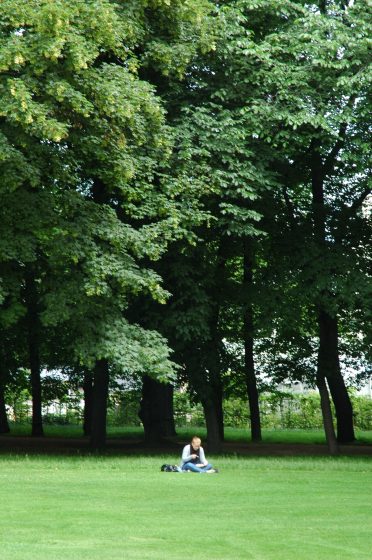
The book has four parts, the first of which is a concise summary of the biophilic city concept with intriguing, evidence-based updates, including the introduction of the useful unifying concept of the “urban nature diet”. The second and third sections form the bulk of the book and describe the biophilic characteristics of eight cities in the Biophilic Cities Network; they also examine what it means to be a biophilic city in relation to, variously: strategies and urban planning codes, citizen science and community engagement, architecture and design, the challenges of restoring and reintroducing nature, and the catchall of “other strategies”. The book concludes with a review of the “key lessons” to date, the “remaining challenges” and a vision of the future. In essence, the book follows the Churchillian principles of speech delivery: “Tell them what you are going to say. Say it. Then tell them what you said”. On the whole, this strategy works well, though the conclusion is less powerful than the introductory third of the book.
Whilst Professor Beatley does not expressly characterise the nature of the intended readership for the book, the implication is that the book is for anyone interested in the theory and practice of urban planning and design, social welfare in urban areas, the state of the environment, and the loss of biodiversity in what is now often called the Anthropocene era. I find it notable that authorship of about a fifth of the book is attributed to other parties listed in the Acknowledgements, many of whom are Beatley’s present or former students. This may well have facilitated delivery of the book, but it leads to a somewhat weaker and less systematic treatment of certain case studies in places.
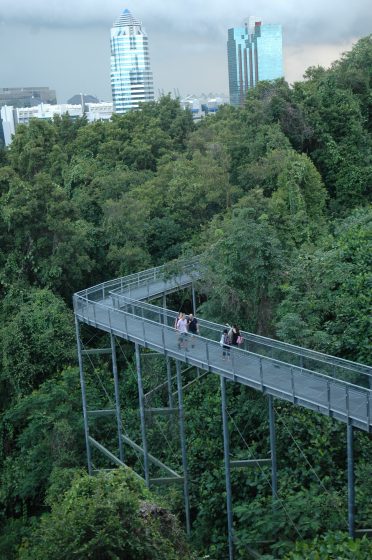
Two particular strengths of the book are worth emphasising at the outset. First, I appreciated Professor Beatley’s writing style, which is economical, clear, fluid, and organised, with effective use of sub-headings. The careful way in which he has documented his visits to cities around the world and his discussions with key urban practitioners that he has met along the way is impressive; in this respect, the chapters on Singapore (where I have done much project work) and Oslo (which I have sadly never visited, but now very much want to visit after reading the book) particularly excel.
Second, he draws his case studies from a suitably wide geographic range. Clearly, his intention is to convey the gamut of material and issues related to biophilia, planning, and design within a small volume; in that regard, the volume is a real success as a succinct, wide-ranging handbook.
Key patterns that emerged clearly from the book (supported by many strong examples) include:
- The conceptual difference between biophilic urban design and approaches that describe nature in cities as “green and blue infrastructure”. This is beautifully emphasised three times in the book, perhaps most eloquently at the start of Chapter 13, on Lessons from the World’s Emerging Biophilic Cities. Professor Beatley clarifies that the “philic” part of the word “biophilic” distinguishes the concept of biophilic design from general approaches to green infrastructure and ecosystem service provision in urban planning and design by emphasising our moral obligation to respect and coexist sustainably with nature for its own sake. Biophilia is not just about benefits to man. This is a useful distinction.
- The huge role city mayors and other leading activists can play in driving the biophilic agenda.
- The great importance of collaborations between multiple organisations at all scales over the long term to promote biophilic urbanism.
- The emergence of biophilic initiatives after major environmental degradation or natural resource depletion.
- The emergence of new technologies in the exploration and monitoring of nature in urban areas, and the risks and benefits associated with that emergence.
Most of the places where I started in any way to feel critical of the book related to the brevity that is, alas, requisite for a manageable, approachable handbook. Nevertheless, as Professor Beatley and his colleagues continue to expand the biophilia canon, some of the following comments may have some utility. This book illustrates how the word “biophilic” sets up a different dynamic of thought in relation to urban design, but it would have been very useful if the biophilic city philosophy and approach had been framed within the context of other green urban philosophies and approaches, such as those of Herbert Girardet, Arthur Spector, and Ken Yeang, for example. There is a danger that those who have previously framed green urbanism differently could take issue with the biophilic cities concept if there are misunderstandings as to how it meshes with their own conceptual frameworks.
In the penultimate chapter about “obstacles and challenges”, the whole issue of what biophilic urbanism may be doing for biodiversity is assigned just a single paragraph, despite the vast literature on the subject. Likewise, a single paragraph addresses how nature is perceived and defined in cities. Moreover, certain themes relating to ecological function could usefully have been developed,and a few of the case studies could have been described with greater scientific rigour, perhaps through endnotes. In relation to all of these topics, in a future publication, a close collaboration with an urban ecologist could help address these issues.
Perhaps intentionally, the book skims over the potential weaknesses and contradictions in the evidence base for the benefits of biophilia and the need for additional research that controls for more of the variables. Beatley never mentions “biophobia”—a term for an aversion to nature, as juxtaposed with “biophilia”—for example, yet, in my experience, biophobia is often of paramount concern to clients, especially in the tropics. Endnotes would have been helpful here.
The reader would benefit from additional development of the “whys”, as opposed to the “whats” of biophilic design’s successful integration in certain places rather than in others. A handbook is not the apt venue for a full treatment of this topic, but with the amount of information presented elsewhere in the book from different case studies, I often found myself asking myself, for example, why do citizens in Oslo or Anchorage or Portland Oregon have particularly strong cultural ties to nature? What clues emerge from history and social geography? What made their galvanising mayors and leaders so directed towards a biophilic agenda? How do we encourage the emergence of these conditions?
Whilst much is said about mechanisms to deliver projects, and Beatley thoroughly describes mechanisms of sustainable community management, I would have appreciated more information on the economics of revenue funding for long-term management and maintenance of biophilic interventions, for example—especially as they pertain to mainstream green areas, such as large urban parks—and how these relate to any long-term economic benefits. A crisis faced in many parts of the world is a lack of funding for ongoing management and maintenance; absence of funds is often cited as the reason for not implementing biophilic interventions in the first place, even when they would clearly bring benefits.
Near the end of the book, Professor Beatley writes: “I must be careful not to overstate the benefits but frankly this seems increasingly hard to do”. Yet, relative quantification of likely social or economic impacts of biophilic design at scale and in context is not provided in the book. For the next book, a systematic review of the emerging literature on the potential economic benefits of a biophilic approach to urbanism (for example, as is emerging from the Terrapin Bright Green consultancy in New York) and a suggested methodology for scaling these benefits at city-level would be a worthy endeavour. Professor Beatley is right in stating that full academic methods for quantifying biophilic response-related benefits, amongst other ecosystem services, are still largely in the development and trial stages. However, there is perhaps more immediate potential for application of Value Transfer Analysis, also called VTA.
Take, for example, the VTA analysis of the benefits of Camley Street Natural Park in London, UK (see London Wildlife Trust, 2015, Camley Street Natural Park, Ecosystem Service Valuation. LWT, London, UK), which uses data from studies elsewhere to provide an estimate of the likely scale of economic benefits of ecosystem services; those relating to biophilic responses outstrip all other ecosystem services by an order of magnitude . By taking case studies, estimating their economic impacts through VTA, and comparing them to city budgets, we could gain a better understanding of the scale of actual or potential environmental, social, and economic impacts of biophilic urbanism.
I will turn now to minor issues: Beatley’s frequent use of quantification without sufficient contextualisation was, at times, irritating to the scientist in me. Large numbers in themselves—that is, miles of trail or hectares of forest—can sound impressive, but lack meaning unless they are compared against averages drawn from systematic comparison across cities around the globe.
There are a few small technical and typographic errors that could readily be picked up in the next edition (which, I am hoping, will be produced within the decade). For example, the book includes a piece by a co-author relating to the removal of a road on a viaduct in a dense urban area and its replacement with a flowing stream feature through Seoul, in South Korea, along the line of the former Cheonggyecheon River as a “restoration”. This is an extremely worthy project with obvious biophilic and economic benefits, but it is not a true river restoration. Due to urban catchment pollution issues that may take decades to solve, the original stream is still in a culvert under the cleaned and treated freshwater stream that now sits atop it.
Finally, the reference section seemed comprehensive, but it is a pity that the plates could not have been in colour. To address biophilia without emphasising the colour spectrum of nature misses the potential to appeal to the very biophilic senses Professor Beatley aims to tap in his readers.
These observations should NOT be read in any way as deterrents from buying or reading this excellent handbook. It is a very useful publication that maintains the flow of information on green and ecological design of cities for man and nature at a time when information exchange and awareness between practitioners is more important than ever.
To those new to the concept of biophilic urbanism, the book will be eye-opening. To practitioners and green urbanism theorists, there is much by way of useful, global information, as well as pathways into areas of endeavour in urbanism of which they may not be aware.
One is left hungry for more!
Mike Wells
Bath
Click on the images below to buy the book. Part of the proceeds return to TNOC.


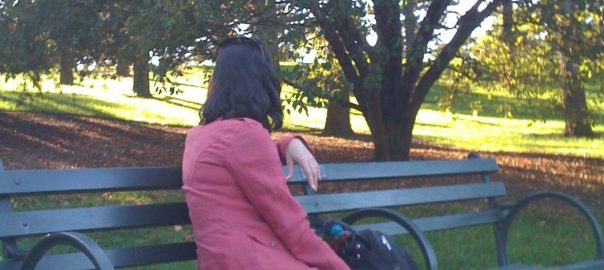

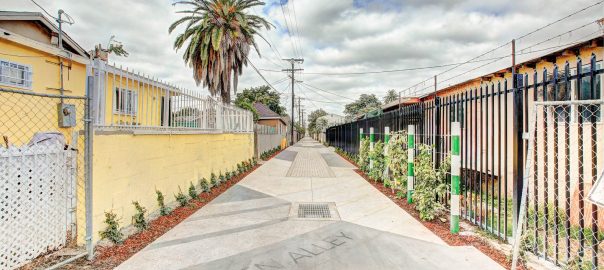
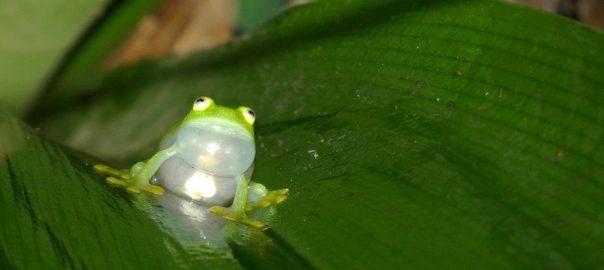
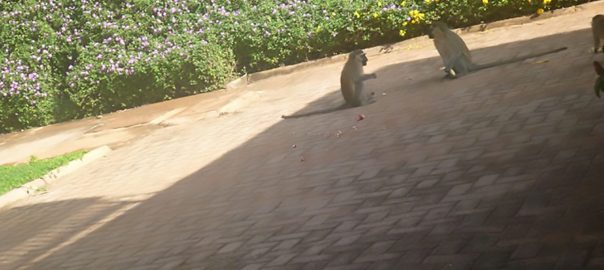
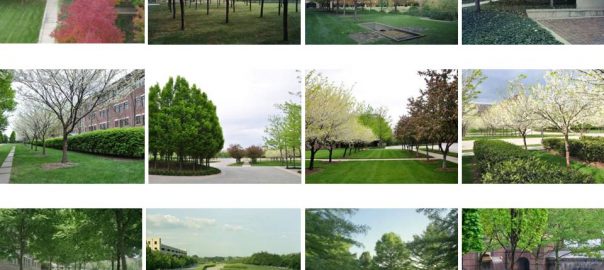
Leave a Reply